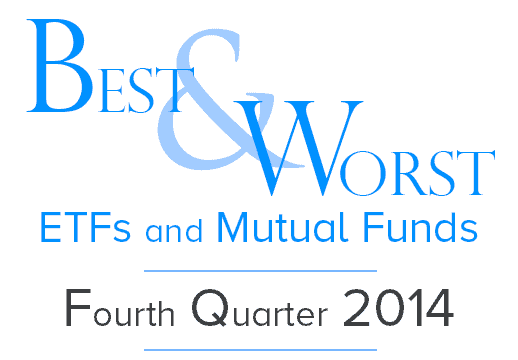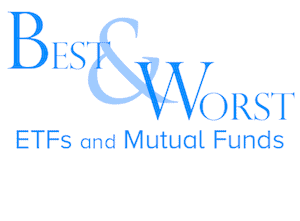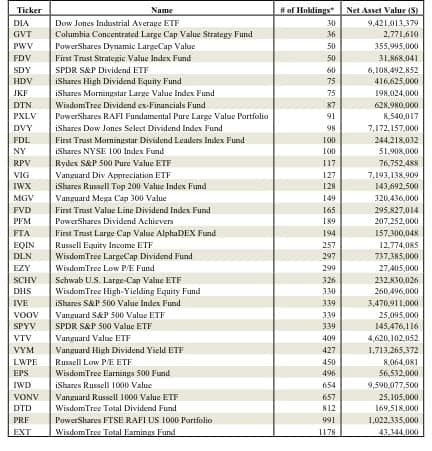Forensic Accounting Says Avoid Energy & Financial Stocks
As one financial scandal follows another, it seems the good guys are having a tougher time catching the bad guys. Recent revelations about MF Global’s ponzi scheme are another reminder of how our regulatory and oversight systems seem to let whales pass through their net.
David Trainer, Founder & CEO








